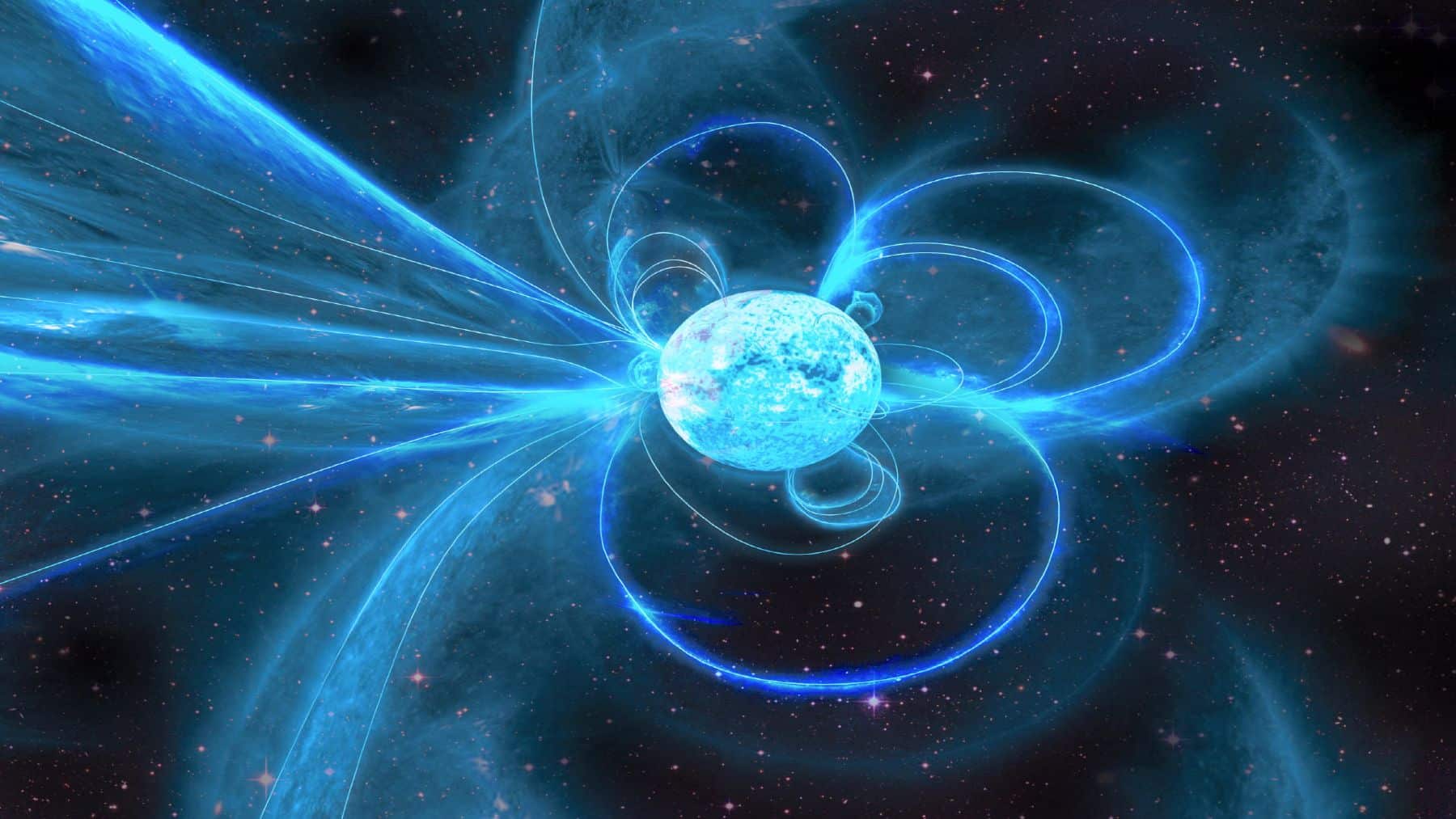In a recent study, astronomers have discovered something strange happening with a star in our cosmos. According to their research, this celestial object has been dormant for at least a decade. However, in a sudden awakening, it made an explosive entrance, alerting astronomers and scientists at NASA.
Astronomers encounter a sudden blast in the cosmos
When you think about it, the most incredible thing about our cosmos is that there is always something new to discover or come across. And if you’re a fanatic of stars, you’re bound to love this research. In this research, a team of scientists from NASA observed a cosmic object and is now reporting what seem to be wave signals emanating from it.
When scientists first found this object in the early 2010s, they thought it was a dead cosmic phenomenon. This was because no signals or activity suggested it was alive. Although several hypotheses were put forward, none made sense. Until now.
This object, assumed to be dormant, was discovered to be a magnetar named XTE J1810–197. This research was carried out by a team of scientists from the University of Manchester and Max-Planck-Institut fur Radioastronomie (MPIfR). What they discovered was beyond their astronomical comprehension.
Discussing the science behind XTE J1810-197
Before we delve deeper into XTE J1810–197, what is a magnetar? These are neutron stars known to have unique and incredible characteristics. Like their name suggests, magnetars are known to have an intense amount of magnetic energy. When compared with that in Earth’s core, they were found to contain about 1 quadrillion times that on Earth.
However, the magnetar XTE J1810–197 was unlike anything scientists have ever encountered. The object dormant for decades turns out to be a star blasting out cosmic shockwaves. According to NASA, this blast was an enormous emission of radio waves. This emission was more than our Sun could ever generate, just like this rare cosmic event, stunning scientists.
When researchers carried out more analysis on this star, they discovered something strange. Its crust, made up of a material stronger than steel, appeared to have split. When they dived deeper, they attributed this split to this sharp magnetic blast from XTE J1810–197.
The cosmic exhibition is not entirely strange.
As of today, astronomers have discovered 23 different magnetars. However, among these, only three have been discovered to exhibit such powerful characteristics. What makes XTE J1810–197? What stands out is its enormous size and the rarity of its blast. Generally, radio waves of that power are not typical of cosmic magnetars.
Why does this matter for future space science?
This research has been underway for over a decade now. At the time, XTE J1810–197 was fully active until it went into “hibernation.” While becoming active again, it caught astronomers and scientists off guard. Consequently, it has begun a series of endless research endeavors into this phenomenon.
In light of this, NASA has opened up collaboration with several global space agencies. The aim of this is to determine the origin of this magnetar, why it chose to resume now, and why its radio emissions are rather extreme. For many years, scientists have studied magnetars, but never before have they given off such signals.
Currently, NASA is still blank as to what the implications of this discovery are, especially for Earth. But so far, they have coordinated several monitoring schemes with advanced telescopes and X-ray sensors. If they can determine the cause and effect of this star, they can better predict what it means for us on Earth, just like this mysterious frozen young star discovery.

